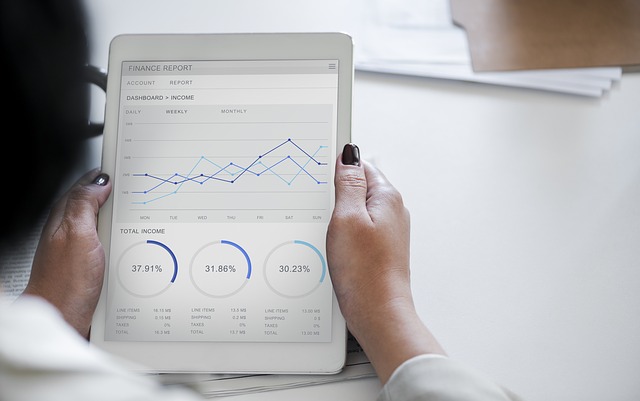What is ad-hoc reporting? Ad-hoc reporting is a business intelligence (BI) model where users can build and distribute reports. Simply, a technical user sets up the BI solution and connects it to data-sources to set up security parameters as well as decide what is visible to end-users. The reports are created by business end users.
How can users utilize ad-hoc reporting?
One of the best ways to use ad-hoc reporting and analysis solutions is to answer business questions when necessary and not ask queries via your information technology support. The standard ad-hoc report may be a simple one-page data table. The reports can also be as complex as interactive tabs or cross-tab reports which feature drill-down and visualization features ( i.e. dashboards or heat maps). Here is an example of ad-hoc reporting in action.
Keep in mind, the purpose of ad-hoc reporting is to allow your end-users to openly ask questions about your company data without burdening your IT support. It takes man-power and many resources for IT departments to create a variety of reports for multiple functions and purposes.
A department that truly benefits from ad-hoc reporting is a company’s outside sales force because every sales rep has the opportunity to set up his or her own report as related to territory responsibilities. Standard reports will show performance against sales goals, orders placed, the number of client visits, and more in a way that makes the most sense to your sales reps. More importantly, it will promote consistency and reduce surprises for your company because the sales reps will use the same data sources you use for overall business operations.
More benefits of using ad-hoc reporting
- Vital information can get to the right people at the right time through automatic scheduling and delivery as well as self-service results to support prompt decision-making.
- Grants you flexibility as your business evolves and answers to business questions change while becoming more critical to business operations.
- You save on training costs and time by streamlining users to get access to critical information when they need it. It will also allow users to learn applications faster.
- Grants your company and users a way to easily create, organize and publish reports
If you don’t know what to look for in a good ad-hoc reporting solution, check out Izenda.com, which offers users the opportunity to create their own ad-hoc reports when and where they need it. Izenda even includes an intuitive drag and drop report design interface for your actionable data so you can tell a story with your results to answer simple to complex reporting questions from users.
Other great features of Izenda ad-hoc reporting
- Code-free administrative interface
- Embeds in the cloud, on-premise as well as hybrid applications
- Requires no 3rd party hardware or software
Learn more about Izenda ad-hoc reporting today.

